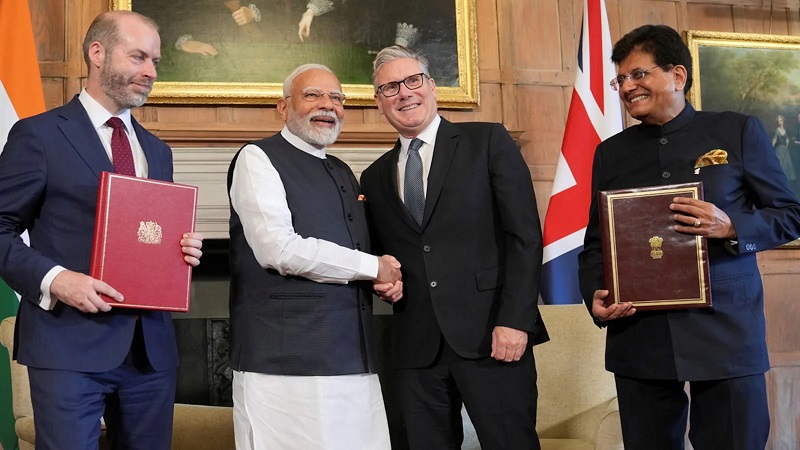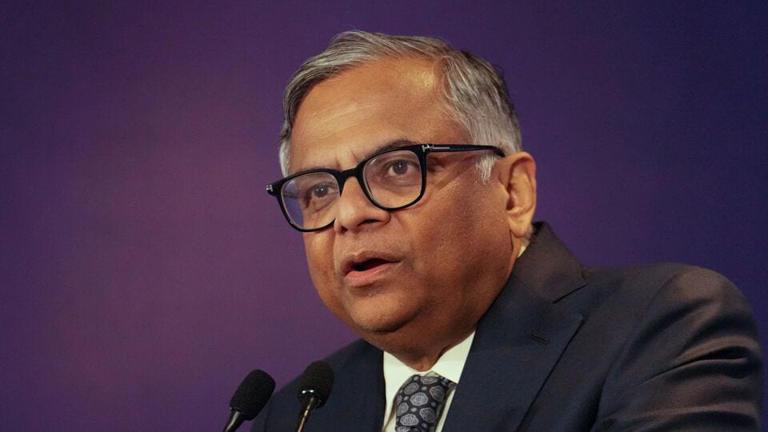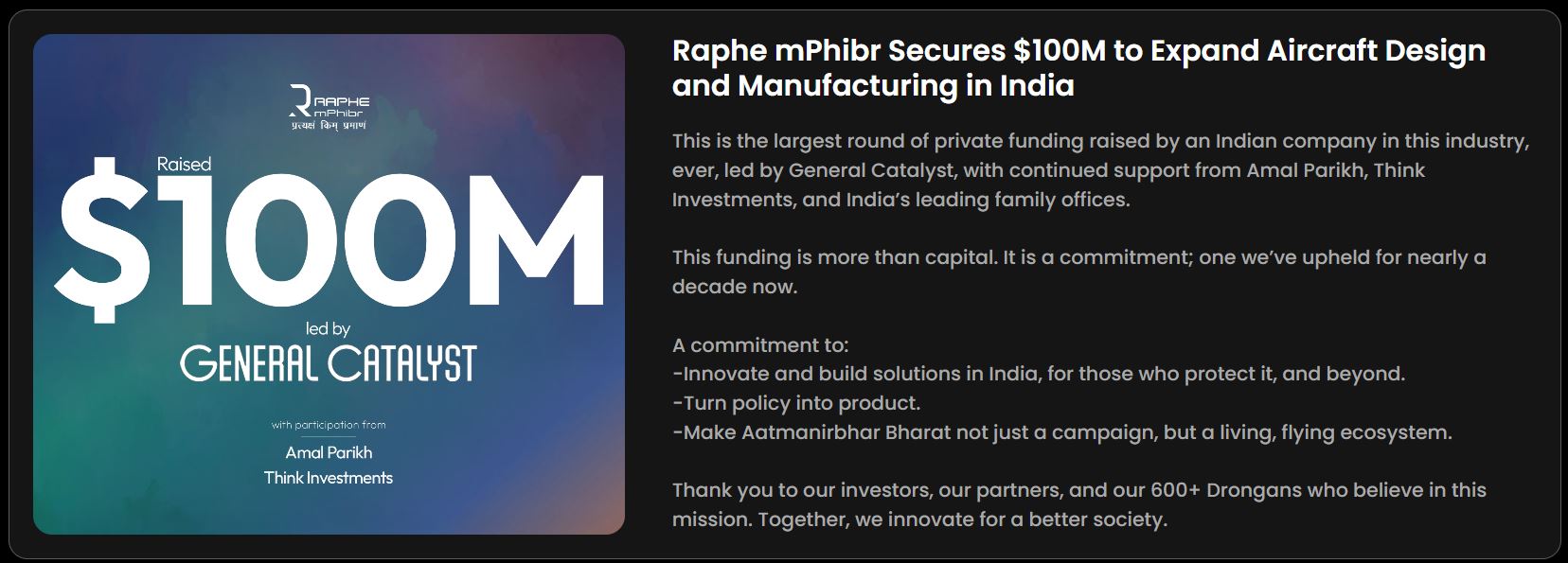July 25, 2025 – India and the United Kingdom have concluded negotiations on a landmark free trade agreement that promises to reshape economic relations between the two nations. The India-UK Comprehensive Economic and Trade Agreement (CETA), signed by Prime Minister Narendra Modi and UK Prime Minister Keir Starmer, represents one of the most ambitious trade deals in recent years.
Key Features of the India-UK Trade Deal
The comprehensive economic partnership aims to double bilateral trade volumes, targeting over $110-120 billion by 2030. This ambitious goal reflects the significant potential for expanded commerce between Asia’s third-largest economy and a major European market.
Tariff Reductions Drive Market Access
Under the new framework, the UK has committed to eliminating tariffs on approximately 99% of tariff lines for Indian products. In reciprocal terms, India will reduce average tariffs on British goods from 15% to 3%, creating substantial opportunities for businesses in both countries.
British exporters will gain tariff-free access to Indian markets for 85% of product categories, with implementation spread across a ten-year timeline. This phased approach allows industries to adapt while maximizing long-term benefits.
Sector-Specific Benefits and Opportunities
Indian Industries Set for Growth
The agreement particularly benefits several key Indian sectors:
- Textiles and Apparel: Enhanced market access for India’s textile industry in UK retail markets
- Gems and Jewelry: Reduced barriers for India’s precious stones and jewelry exports
- Seafood and Agriculture: Expanded opportunities for fishers and farmers to reach British consumers
- Engineering Goods: Better access for Indian manufactured products
- Electronics and Footwear: Streamlined export processes for technology and consumer goods
UK Sectors Gain Competitive Edge
British industries are positioned to capitalize on reduced barriers in several areas:
- Automotive Industry: Tariff reductions from 110% to 10% under quota systems
- Aerospace Manufacturing: Complete elimination of tariffs previously as high as 11%
- Scotch Whisky: Immediate tariff reduction from 150% to 75%, with further cuts to 40% over ten years
- Medical Devices: Enhanced access to India’s growing healthcare market
- Cosmetics and Consumer Goods: Lower barriers for British beauty and lifestyle brands
Economic Impact and Job Creation
The trade agreement is expected to generate significant employment opportunities in both nations. British officials project the deal will boost wages and living standards while putting additional income in workers’ pockets. Indian authorities emphasize particular benefits for youth employment, small and medium enterprises (MSMEs), and agricultural communities.
Chemical exports from India to the UK are projected to increase by 30-40%, potentially reaching $650-750 million in the 2025-26 financial year. This growth reflects the substantial economic potential unlocked by tariff reductions.
Technology and Innovation Partnership
Beyond traditional trade, the agreement includes provisions for enhanced cooperation in emerging technologies. The renewed Comprehensive and Strategic Partnership encompasses:
- Defense collaboration initiatives
- Educational exchange programs
- Climate change mitigation projects
- Technology security partnerships
- Innovation in artificial intelligence and quantum computing
- Semiconductor and critical minerals cooperation
Implementation Timeline and Next Steps
The CETA requires approval from the British Parliament before taking effect, a process that may extend over 12 months. This legislative review ensures proper scrutiny of the agreement’s terms and conditions.
The deal concludes negotiations that began in January 2022, representing years of detailed discussions between trade officials from both countries. Previous delays due to political transitions in the UK have now been resolved with the current agreement.
Strategic Significance for Global Trade
This comprehensive economic partnership represents India’s most ambitious free trade agreement with a major developed economy. For the UK, it opens access to one of the world’s fastest-growing consumer markets while strengthening post-Brexit trade relationships.
The agreement positions both nations to compete more effectively in global markets while creating new opportunities for businesses, workers, and consumers. Enhanced trade flows are expected to drive innovation, improve product quality, and expand consumer choice in both markets.
Looking Ahead: Future Prospects
As implementation proceeds, both governments will monitor progress toward the 2030 trade volume targets. Regular reviews will ensure the agreement continues meeting its objectives while addressing any emerging challenges.
The India-UK CETA demonstrates how modern trade agreements can address traditional barriers while incorporating contemporary concerns about technology, sustainability, and innovation. This comprehensive approach may serve as a model for future international trade partnerships.
This historic agreement marks a new chapter in India-UK economic relations, promising benefits for businesses, workers, and consumers across both nations while strengthening strategic partnerships in technology and innovation.





